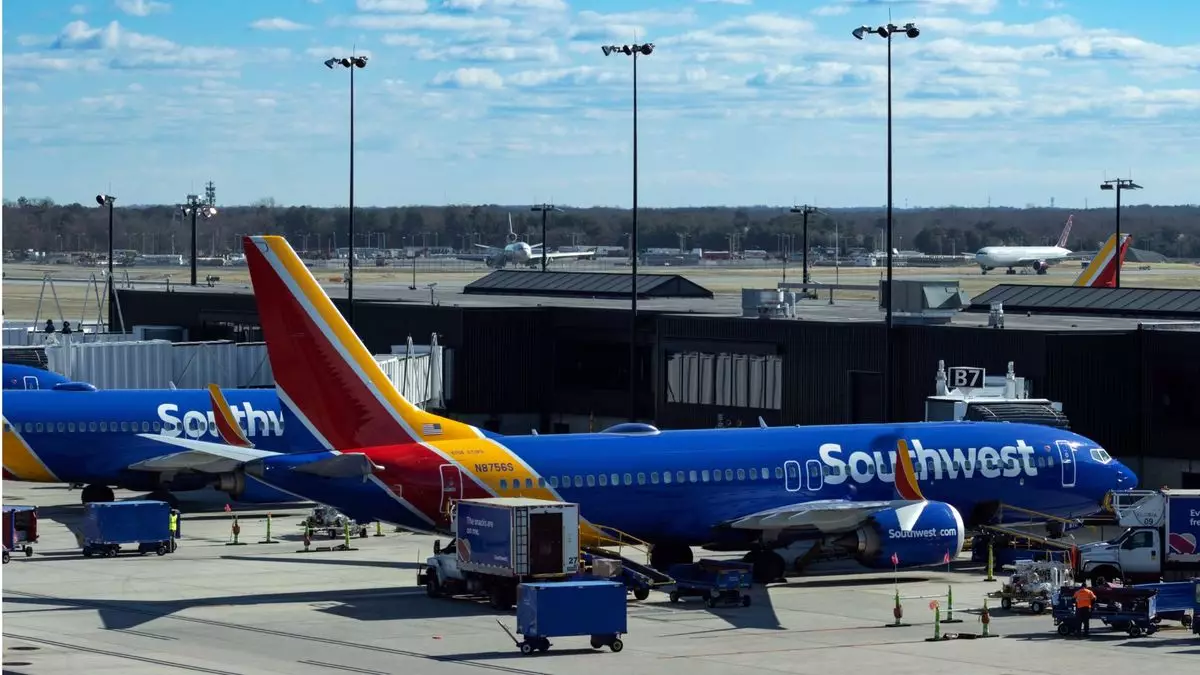On April 1, Southwest Airlines is set to bid farewell to Ryan Green, its executive vice president and chief transformation officer. His decision to step down, communicated to the company on February 18, has been formalized in a filing to the U.S. Securities and Exchange Commission (SEC). Green’s journey with Southwest began in 2002, and he has held various key roles, including chief commercial officer and chief marketing officer. His tenure reflects a commitment to the brand’s evolution over the years, but as he exits, it raises questions about the direction Southwest will take in light of recent challenges.
Green’s resignation comes amidst significant shake-ups within the company’s leadership structure. Notably, his departure was announced just two days after Southwest revealed plans to reduce its corporate workforce by 15%, equating to approximately 1,750 job cuts. This unprecedented move, as described by current president and CEO Bob Jordan, not only affects the broader workforce but also shakes up the senior leadership cadre, with 11 members affected. These drastic measures signal underlying issues within the airline, possibly prompting investors and stakeholders to closely examine the efficacy of Southwest’s operational strategies.
Complicating the scenario is the growing involvement of Elliott Investment Management, which has now been allowed to increase its stake in Southwest from a previously capped 14.9% to 19.9%. This adjustment in the cooperation agreement is significant, particularly in light of Elliott’s recent attempts to influence governance changes at the airline. The firm’s push for board updates, which included installing six new board members and facilitating the early exit of former CEO Gary Kelly, indicates a shift toward greater investor engagement in corporate decision-making. This can either drive positive fiscal accountability or lead to further instability, depending on how management responds to shareholder pressures.
As Southwest emerges from a tumultuous period marked by leadership changes and workforce reductions, the ultimate impact of these developments on its operational trajectory remains to be seen. CEO Bob Jordan retains his position, but for how long is contingent upon the airline’s ability to navigate these transformations effectively. The departure of a high-profile executive like Ryan Green could either catalyze a much-needed resetting of priorities or unveil deeper issues within the airline’s operational strategy.
Furthermore, with the looming uncertainty from investor involvement, the coming months will be critical for Southwest Airlines. How the airline addresses internal challenges while maintaining its customer-centric brand ethos will determine its resilience in a competitive industry. Indeed, as it stands on the brink of transformation, the decisions made in this pivotal moment will shape not only the current leadership landscape but the future of Southwest Airlines as a whole.

